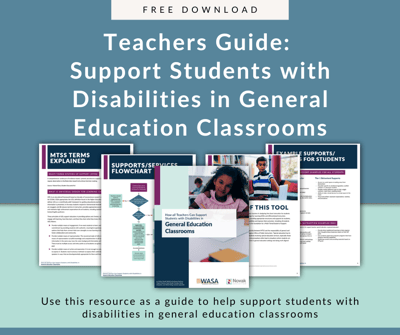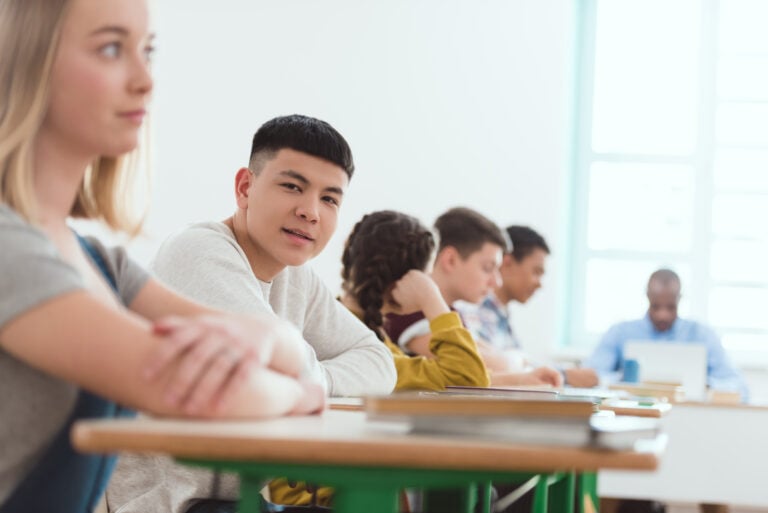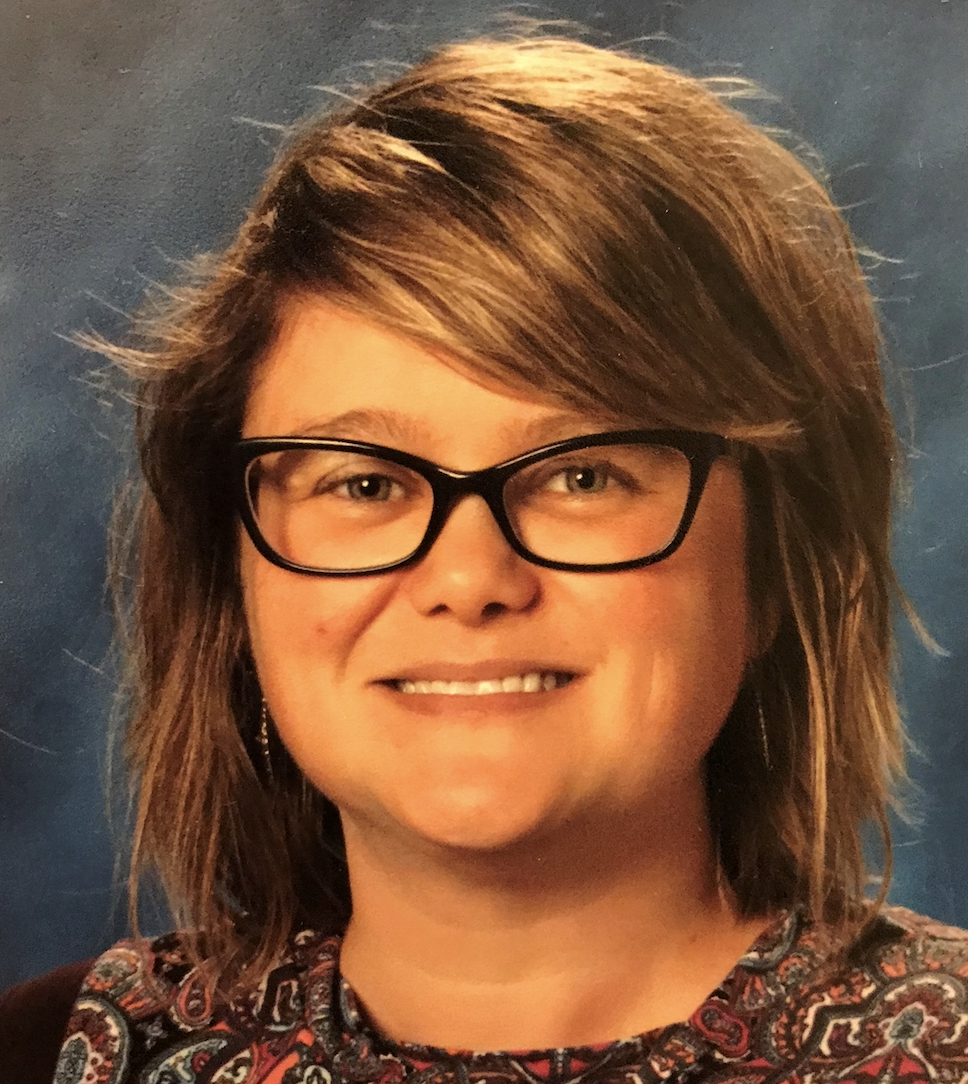Building multi-tiered systems of support (MTSS) is critical to creating inclusive learning environments in education. An effective MTSS model requires several key components, including flexible delivery of services and staffing, specialized curriculum, universal data collection, and a master schedule that accommodates all students, including those with disabilities, in core instruction. According to IDEA, “Specially designed instruction (SDI) means adapting, as appropriate, to the needs of an eligible child under this part, the content, methodology, or delivery of instruction to address the unique needs of a child that results from the child's disability; and to ensure access of the child to the general curriculum, so that he or she can meet the educational standards adopted by the State.” The role of the special education team is to create a toolbox that is portable, flexible, and can be used by general educators to include students with disabilities in their settings. Also, it is the role of the special educator to inform each person that works with the student on how to implement the supports as well inform team members of the intentionality behind educational decisions.
Inclusive education is not simply providing students a spot in the general education classroom but rather making sure that students are engaged in the general education curriculum. Of course, engagement looks different for each student since each student has individual strengths and abilities, and those vary over time and based on context. As a result, it is an IEP team’s responsibility to create a “home” for students in the general education classroom as opposed to treating them as “visitors.”
Providing support and setting students up for success in the general education classroom requires constant collaboration between classroom teachers, interventionists, special education teachers, and other staff members. The first step for any classroom teacher is learning about UDL (Universal Design for Learning) and implementing Tier 1 academic and social supports. Creating a “universally designed” classroom not only provides the best outcome for all students but also reduces the amount of 504 plans and IEPs. 
For kids who require more support than Tier 1, Tier 2 supports can be created to provide another level of structure and support. Recently Tier 2 support has been further divided into 2A and 2B levels support. 2A support can be described as small group support provided by the general education teacher and usually involves some additional accommodations (e.g., breaking tasks down, alternative visual aids, manipulatives, etc.). Furthermore, this level of support usually involves the re-teaching of the general education curriculum after whole group instruction has occurred. 2B is often small group instruction that targets skill deficits/skills not taught in the general education curriculum. An interventionist often provides this level of support (reading interventionist, LAP, or ML teacher).
Tier 3 support usually involves a specialized curriculum delivered in 1:1 settings or very small groups of students. When Tier 2 and Tier 3 supports are necessary, they are provided in addition to Tier 1 instruction, not instead of it.
As you can imagine, creating portable supports and flexible programming requires a large amount of communication among team members and staff working with the student. The role of the special education teacher is formalizing the IEP and ensuring that IEP goals are being addressed and measured consistently. For more information on how you can provide Tier 1, Tier 2A, Tier 2B, and Tier 3 support in the general education classroom, check out this tool that shares more about how to leverage evidence-based practices to include all students in general education classrooms while shifting the system to ensure that additional supports are available when students need them.
Take action to transform systems and improve the outcomes of ALL learners. Explore professional development options, enroll your team in a virtual learning institute, or contact us to discuss the best plan for your team.



